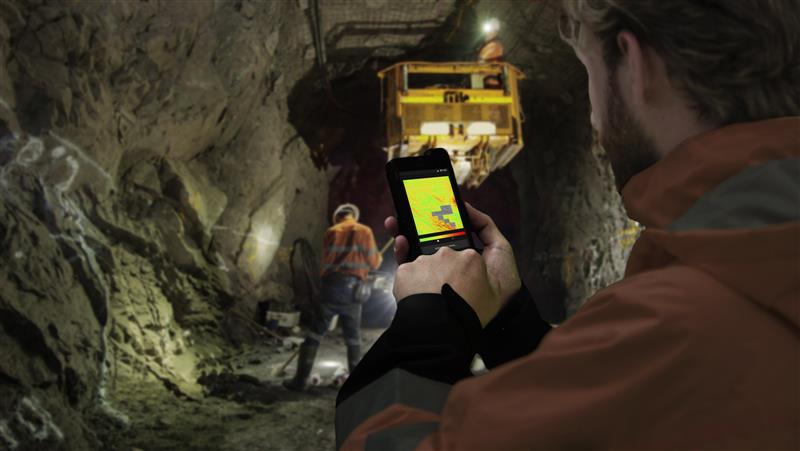Introduction
Newmont (TSE: NGT) has taken a groundbreaking step in mining technology by implementing Ericsson's (NASDAQ: ERIC) private 5G network at Cadia, the largest underground mine in Australia. This deployment marks the first use of 5G for teleremote dozing in surface operations, addressing long-standing connectivity challenges and boosting productivity.
Key Developments
- Overcoming Wi-Fi Limitations: Prior to 5G, Newmont struggled with Wi-Fi connectivity, limited to connecting just two machines within a 100-meter range. Frequent instability led to significant downtime, sometimes lasting half a 12-hour shift.
- 5G Performance: With Ericsson's private 5G network, Newmont can now connect an entire fleet of dozers across a 2.5-kilometer area using a single 5G radio. The network offers up to 175Mbps uplink throughput, supporting up to 12 dozers with zero interruptions.
- Safety and Productivity Gains: The reliable 5G connection has enhanced safe production, allowing workers to move more earth per shift compared to the Wi-Fi era. It also supports Newmont's long-term vision for smart mining across its global operations.
- Advanced Technology: The deployment includes Ericsson’s 5G Antenna Integrated Radio and Massive MIMO technology, enabling high uplink connectivity over extended distances using mid-band spectrum, a game-changer for spectrum-constrained markets.
Analysis and Perspective
While the adoption of 5G at Cadia showcases its transformative potential for industrial applications, questions remain about scalability and cost. Can Newmont replicate this success across diverse global sites with varying regulatory and infrastructural challenges? Additionally, the long-term reliability of 5G in harsh mining environments needs further validation. Nevertheless, this initiative sets a compelling precedent for how private 5G networks can redefine operational efficiency and safety in heavy industries.
